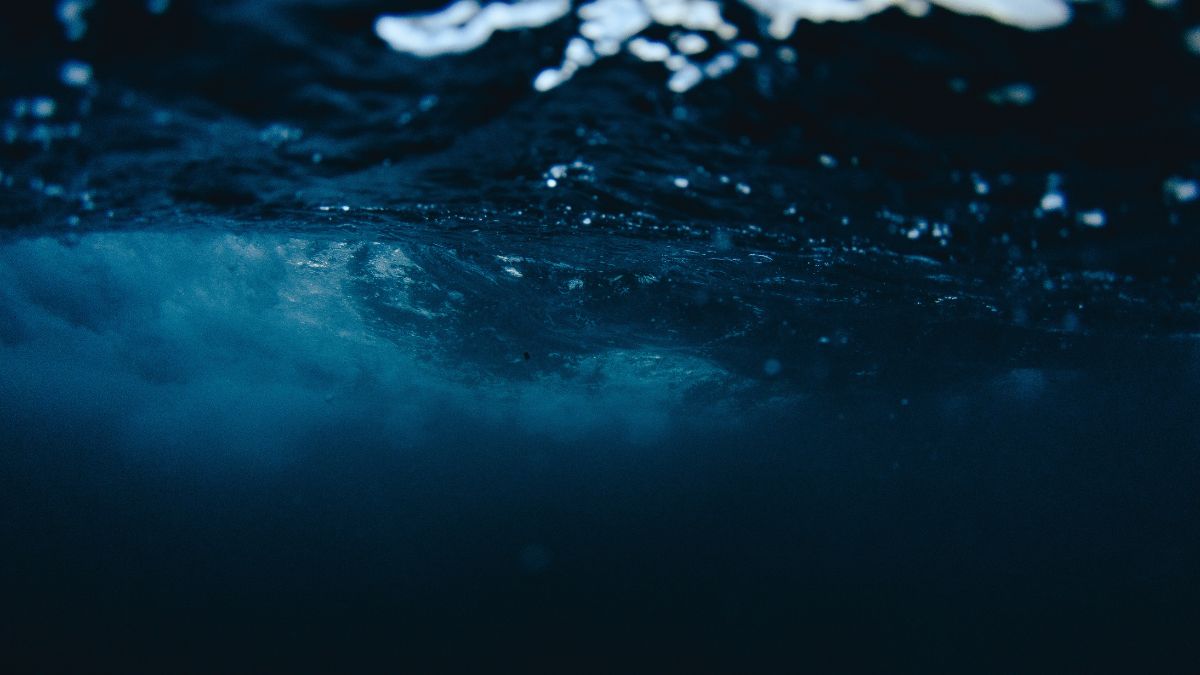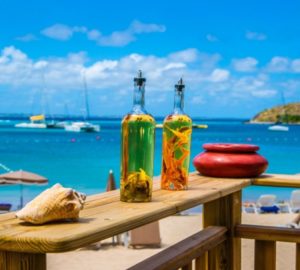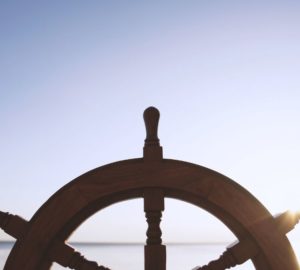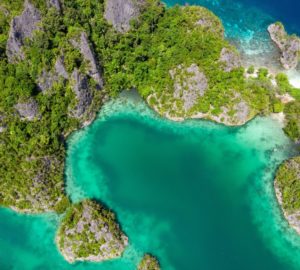Sailing can be an incredible adventure, but not all waters are created equal. Some seas and oceans are notorious for their unpredictability, harsh weather, and hidden dangers. Whether you’re an experienced sailor or just curious, understanding what makes certain waters riskier than others is essential.
What Makes a Sea or Ocean Dangerous to Sail?
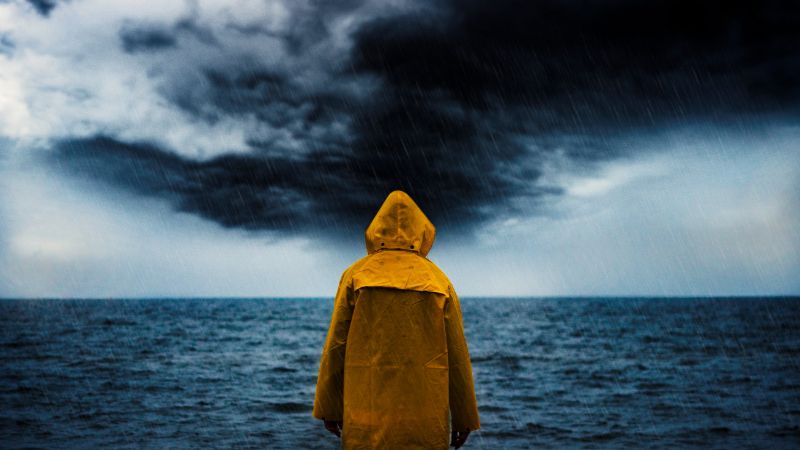
Several factors can turn a sailing trip into a life-threatening challenge. Here’s what makes some waters more treacherous than others:
- Rapidly Changing Weather: Some regions are known for sudden storms, rogue waves, hurricanes, or dense fog, making navigation extremely difficult.
- Strong Currents and Tides: These can push boats off course, making it hard to stick to a planned trajectory.
- Hidden Obstacles: Shallow reefs, icebergs, and underwater hazards can be disastrous for any vessel.
- Piracy and Conflict Zones: In certain parts of the world, the risk of piracy and geopolitical tensions pose serious threats to sailors.
- Isolation: The farther you are from rescue services or populated areas, the more dangerous an emergency situation becomes.
- Heavy Maritime Traffic: The more vessels in a given area, the greater the chance of collisions and accidents.
Read also: Buy or Rent a Yacht: Find the Perfect Option for Your Lifestyle and Dreams
The Most Notoriously Dangerous Seas and Oceans
While many waters can be challenging, some regions have gained infamy due to their extreme conditions.
Southern Ocean (Antarctica)
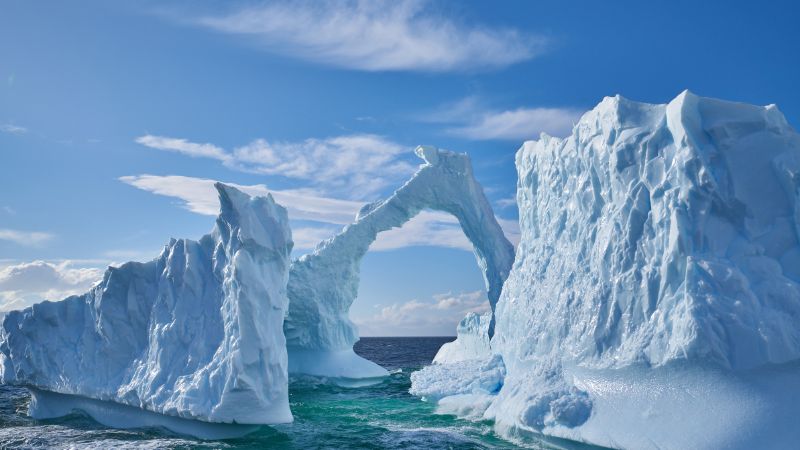
This is one of the most hostile sailing environments on the planet. Freezing temperatures, powerful winds, massive swells, and unpredictable icebergs make it a perilous journey, even for experienced sailors.
Cape Horn (Southern Tip of South America)
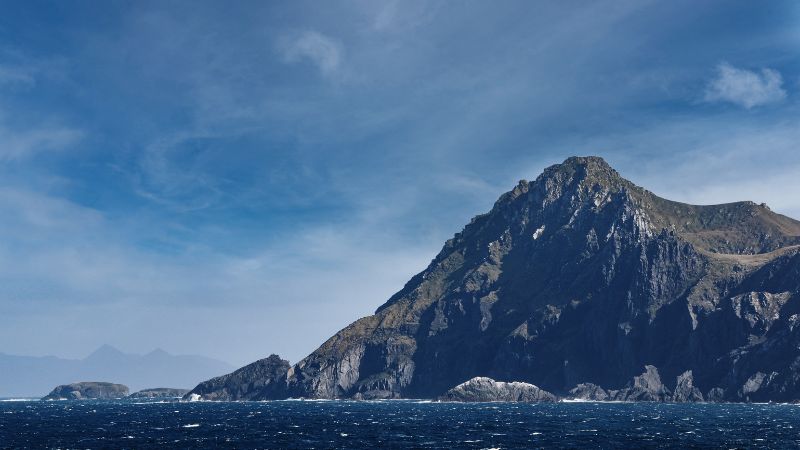
Nicknamed the “sailor’s graveyard,” Cape Horn is in famous for its massive waves, strong winds, and rapidly changing weather. Countless ships have been lost here, making it one of the most feared routes in maritime history.
Bermuda Triangle (Western Atlantic Ocean)
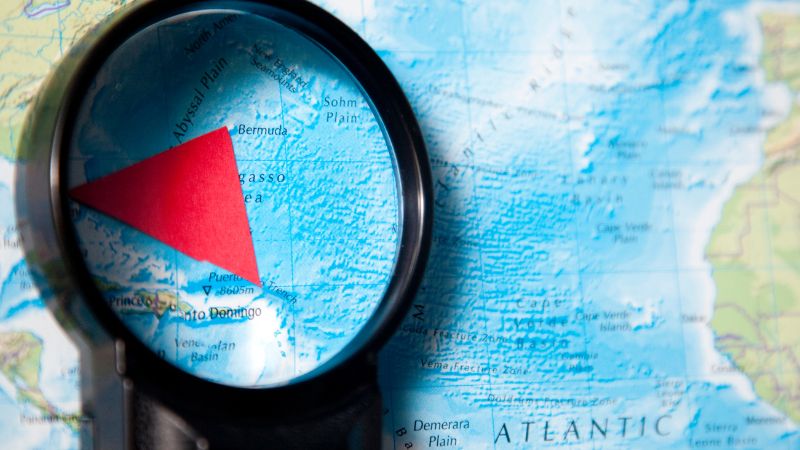
While shrouded in mystery, the Bermuda Triangle has a reputation for causing unexplained maritime incidents. Strong currents, sudden storms, and navigational anomalies have contributed to the area’s eerie history.
Gulf of Aden (Arabian Sea)
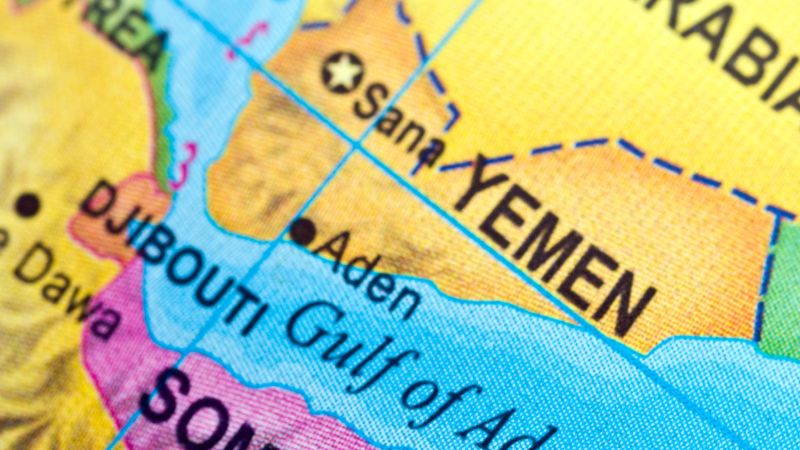
This passage between Yemen and Somalia is a known piracy hotspot. Despite relatively manageable sailing conditions, the risk of hijackings and geopolitical instability makes this a dangerous route.
The North Sea (Between the UK and Scandinavia)
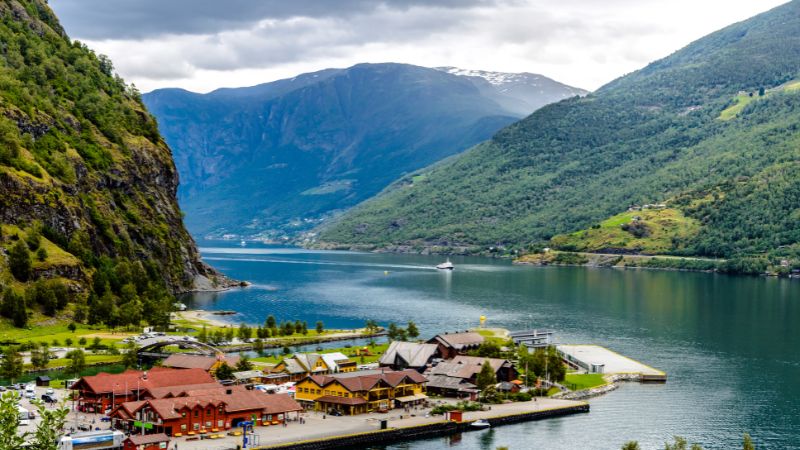
Despite its proximity to developed nations, the North Sea is known for brutal storms, high winds, and freezing temperatures. Recent social media trends have highlighted just how rough these waters can be.
Read also: Navigating Norway: Essential Steps for a Yacht Journey Through the Fjords
Malacca Strait (Between Malaysia and Indonesia)
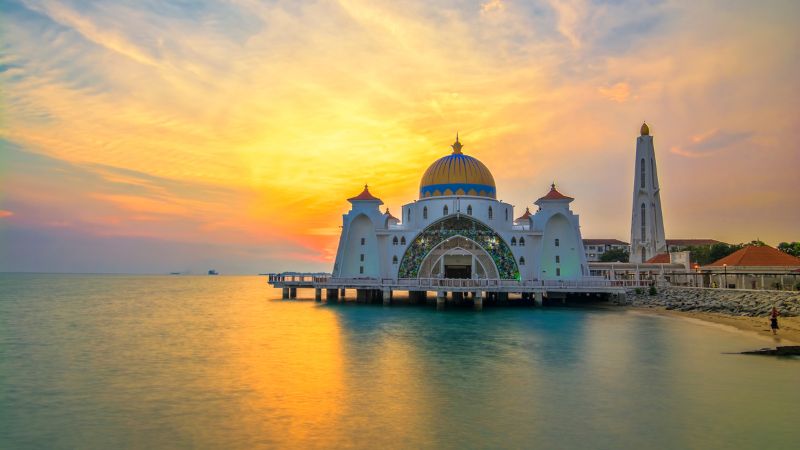
One of the busiest maritime routes in the world, the Malacca Strait is a narrow passage with heavy traffic and a history of piracy. Navigating through its congested waters requires great skill and constant vigilance.
Bay of Biscay (Western France)
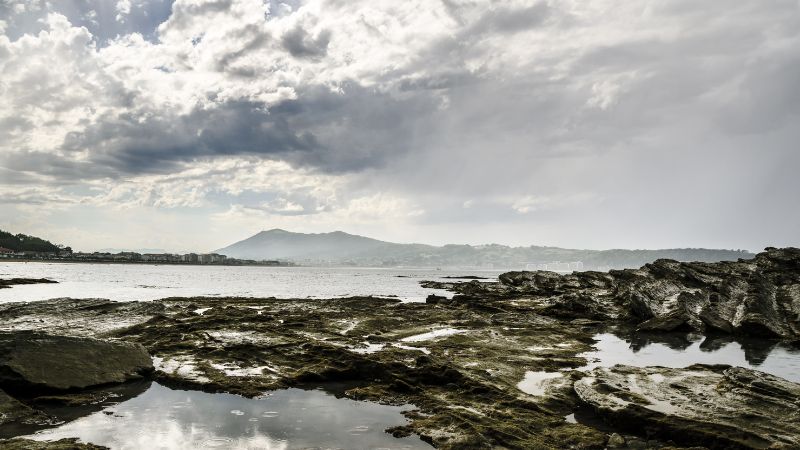
This area is notorious for its steep waves, strong winds, and unpredictable weather patterns. Even experienced sailors must prepare for rough conditions when crossing these waters.
South China Sea
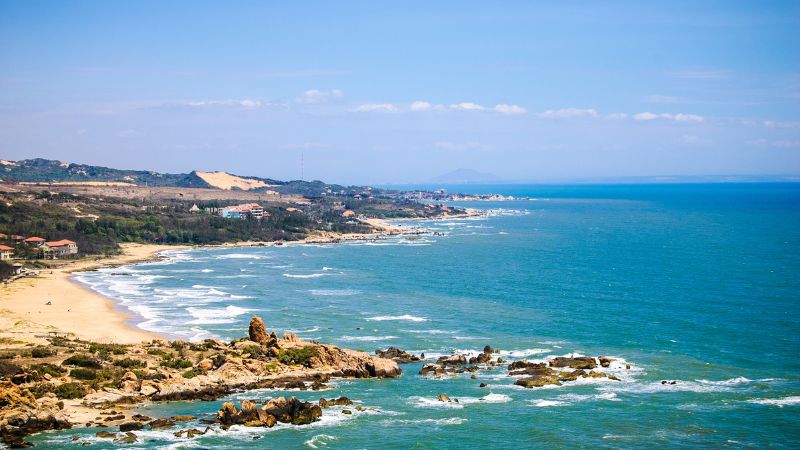
A mix of typhoons, high traffic, and territorial disputes makes this a challenging area to navigate. Political tensions and weather risks add to the difficulty of sailing here.
Most Common Sailing Areas Are Very Safe
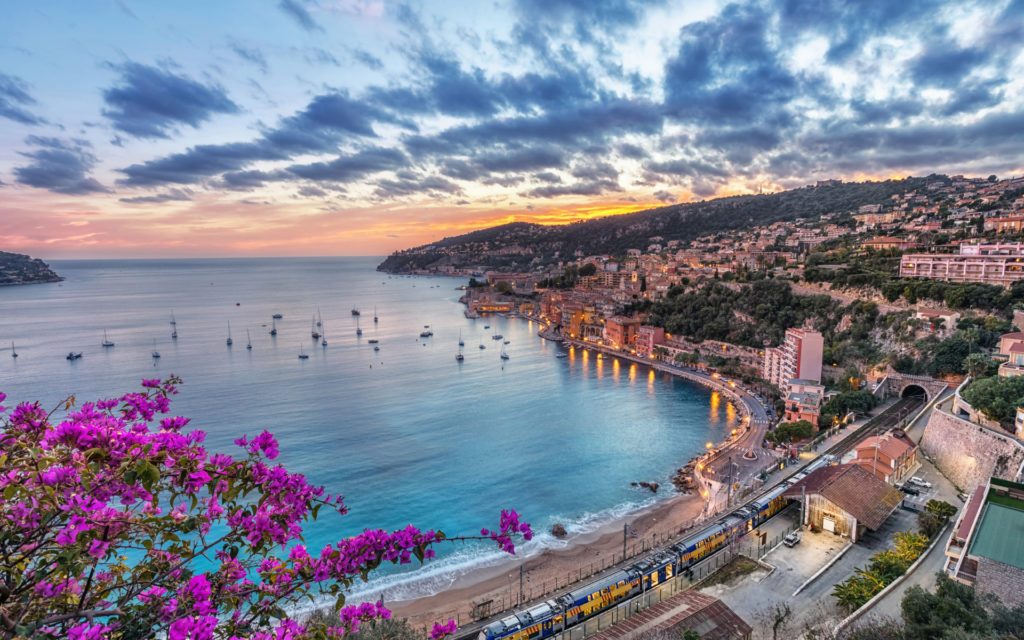
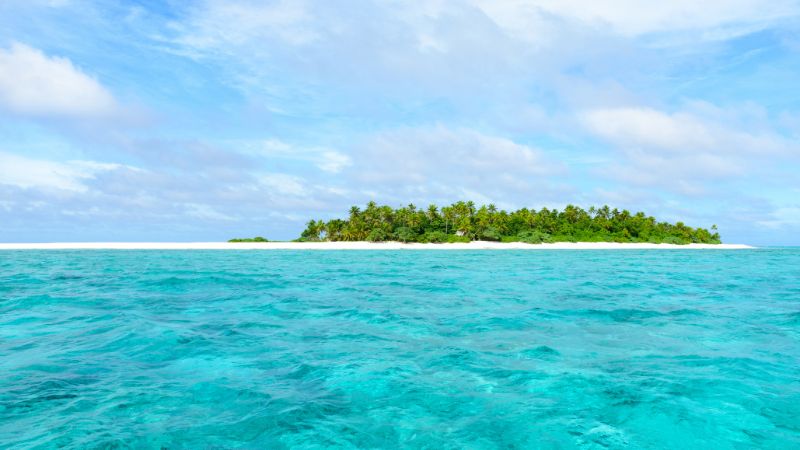
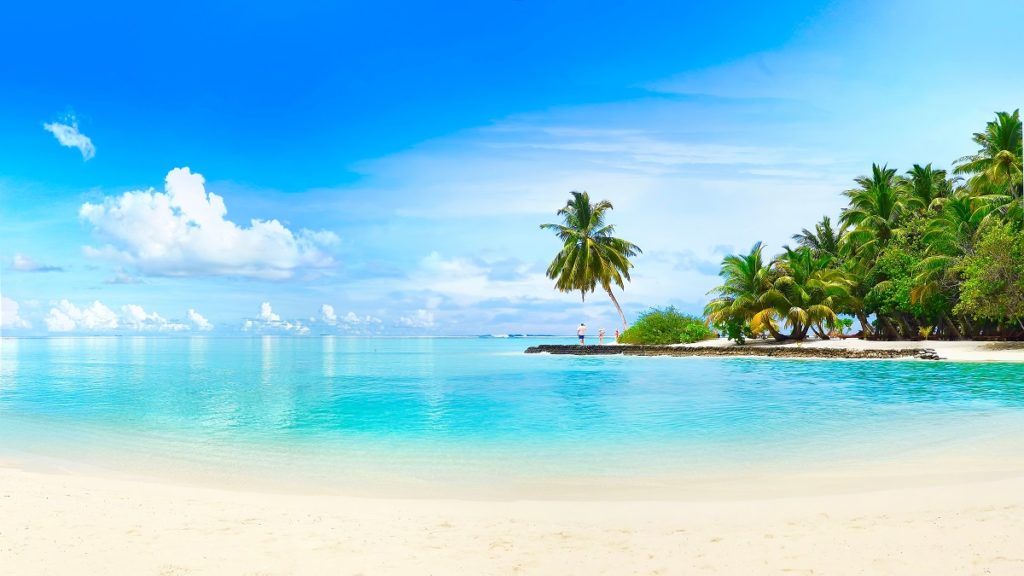
Despite these dangerous regions, most popular sailing destinations are relatively safe and well-equipped for recreational sailing.
- The Mediterranean (France, Italy, Croatia, etc.): Short distances between ports, calm waters, and plenty of marinas make this a favorite for sailors.
- The Caribbean: Friendly conditions, warm weather, and numerous marinas make it one of the best places for yachting.
- The South Pacific (Fiji, Polynesia, etc.): While remote, this area generally offers safe sailing conditions with beautiful landscapes.
- Australia’s Whitsundays (Great Barrier Reef): Well-marked reefs and modern navigation aids help ensure safe passage in this stunning region.
Read also: Which Caribbean Islands Are Safe to Sail to After Hurricanes Beryl and Helene?
Conclusion
Sailing comes with risks, but understanding the most dangerous seas and oceans can help you make informed decisions. Whether you’re avoiding high-risk areas or preparing for an extreme adventure, knowledge and preparation are key to staying safe on the water.
Read also: Final Frontiers: Emerging Explorer Yacht Destinations

